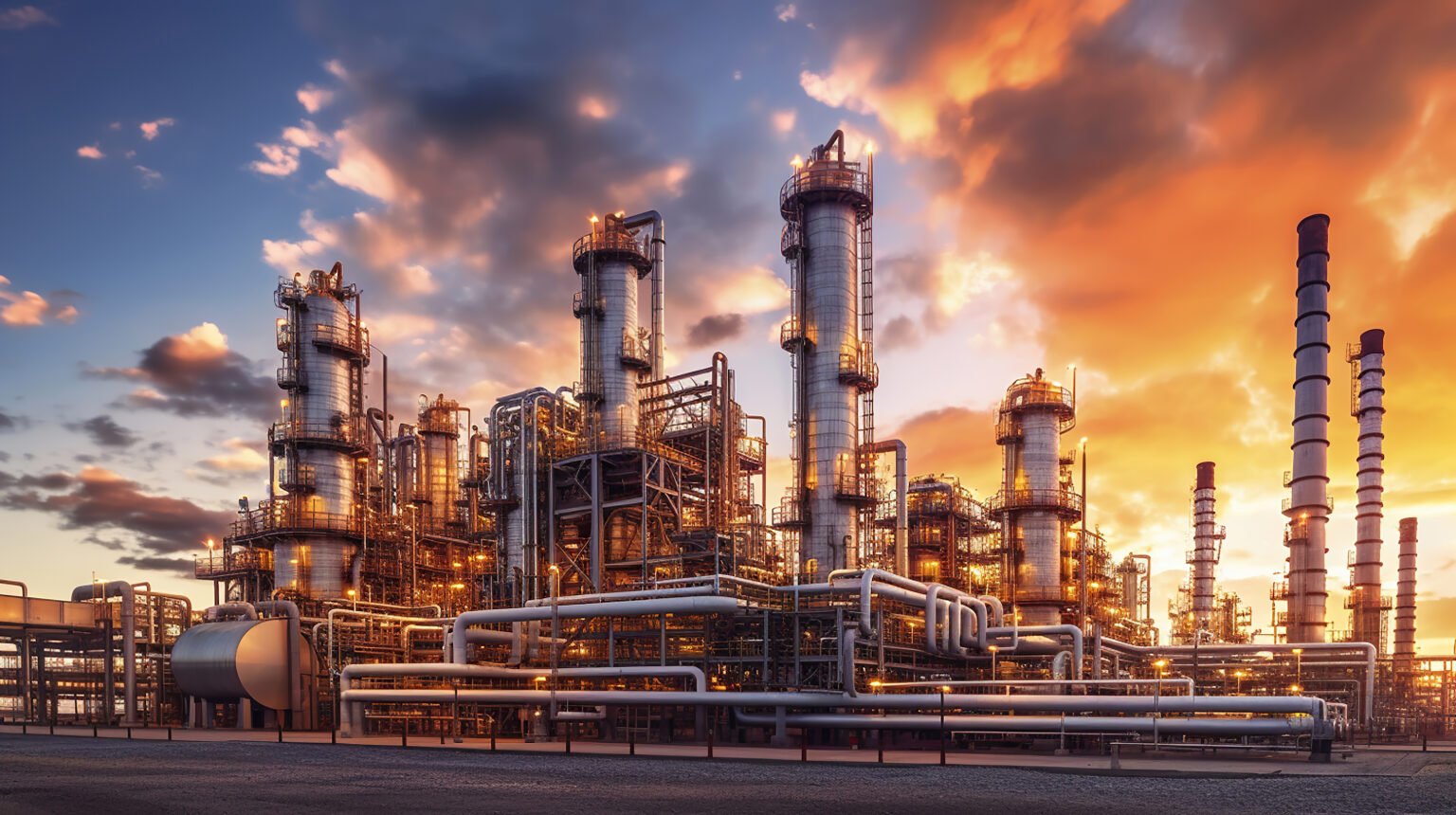
Sustainability
Enhancing Sustainability and Reducing Carbon Footprints
Coating the internal diameters (IDs) of heat exchanger tubes plays a crucial role in enhancing sustainability and reducing the carbon footprint of industrial operations. Heat exchangers are vital for efficient energy transfer in industries such as oil and gas, chemical processing, and power generation. By applying protective coatings to the tube IDs, industries can mitigate issues like corrosion, fouling, and scaling, which degrade the heat transfer efficiency over time. Maintaining optimal performance reduces the energy required to operate heat exchangers, ultimately leading to lower fuel consumption and reduced greenhouse gas emissions.
These coatings not only preserve efficiency but also extend the lifespan of heat exchanger tubes by shielding them from harsh environments and chemical attacks. This durability reduces the need for frequent replacements, conserving resources associated with manufacturing and transporting new equipment. Additionally, by minimizing maintenance and downtime, coated heat exchangers ensure continuous, energy-efficient operation, further contributing to sustainability goals.
Beyond protection, coatings enhance heat transfer efficiency by providing smoother surfaces that reduce frictional resistance to fluid flow. This improvement means that heat exchangers can operate with less energy while achieving the same performance, leading to significant energy savings. In industries where energy consumption is a major driver of carbon emissions, these advancements in coating technology offer a practical and impactful way to lower overall carbon footprints.

